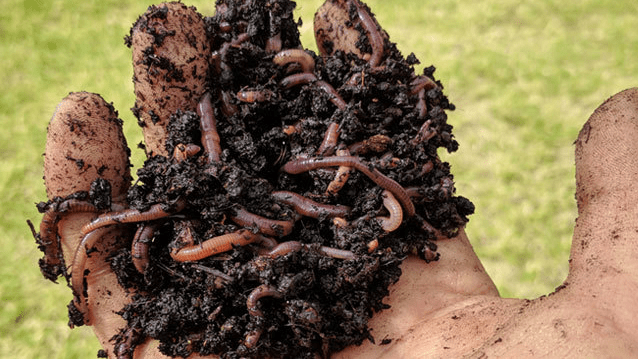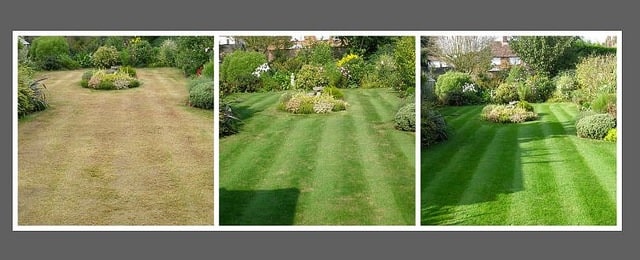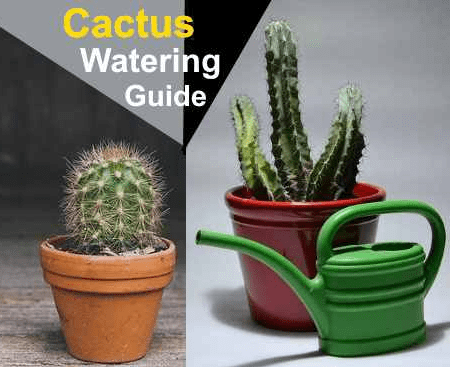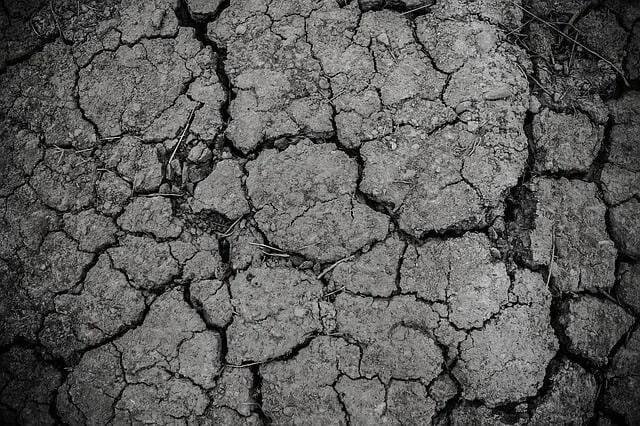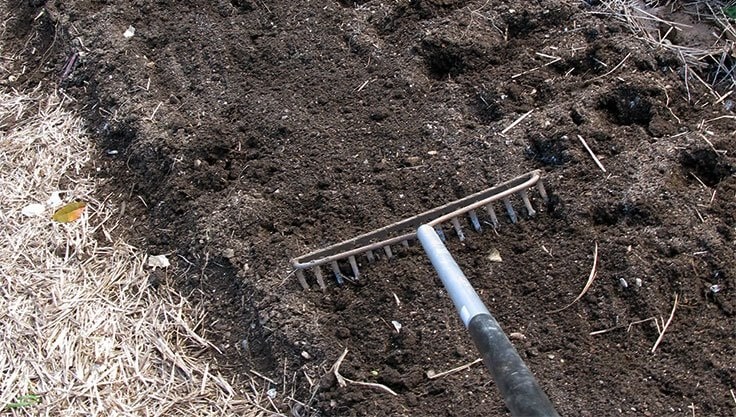For my lawn to grow thick and lush, I need to occasionally aerate and ventilate it. Aerating the soil loosens it, allowing more oxygen to reach the roots, which helps the grass thrive. Here’s how I do it the right way.
A lush, green lawn: Who doesn’t dream of one? To make this dream come true, my grass needs more than just regular maintenance (mowing, fertilizing)—it needs a lot of air. Often, I need to support my lawn by ventilating or aerating it—what experts refer to as aerification. There are various methods for this. Small areas can be ventilated with simple tools, but for larger lawns, I need specialized equipment.
Contents
How I Aerate and Ventilate My Lawn
- Leaf rake with short plastic tines: A quick way to ventilate.
- A lawn regularly treated with organic fertilizer and maintained soil life will have much less moss and thatch.
I use a hand-held lawn dethatcher for small areas up to 50 square meters, and it helps comb out thatch and moss with rigid steel tines. However, for larger areas, this can quickly become tiring.

Fresh Air for Grass Roots
It’s a feeling I know well: when the air feels stuffy, I get sluggish and tired. Grass feels the same way. When the roots are suffocated under a matted grass layer, the lawn grows poorly and becomes vulnerable to weeds and moss.
Thatch is caused by microorganisms that are either sluggish or absent. These tiny helpers in the soil are meant to continuously break down organic matter, which otherwise accumulates as thatch between the grass blades. Dense thatch often develops on poorly maintained lawns, which suffer from nutrient deficiencies and often grow on compacted or acidic soils. On such soils, soil life becomes inactive, and dead plant debris, especially from mulching, accumulates, moss moves in, and a spongy mass forms between the blades. Frequent walking on the lawn compacts this even further, and it’s bad news for my once-beautiful green lawn.
By ventilating my lawn, I comb out the thatch of dead stems and moss, allowing the roots to get more air, and helping the grass absorb water and nutrients from the rain. It’s like opening the windows to air out my house—only with a long-lasting effect.
Best Time to Ventilate
The best time for me to ventilate is between April and September. I should ventilate my lawn annually, but also continuously improve soil life to prevent dense thatch from forming in the first place. To do so, I spread a soil activator or a thin layer of compost over the lawn, and ideally fertilize with organic lawn fertilizer.
- Motorized dethatchers: These machines scrape out moss and thatch from the grass with rotating steel tines. Important: Dethatchers are not soil cultivation tools—the tines should only lightly touch the soil.
- Lawn ventilators: These devices, powered by electricity or gasoline, work like motorized combs. They use spring-loaded tines, which are gentler than dethatchers but remove less moss.
Aerating My Lawn
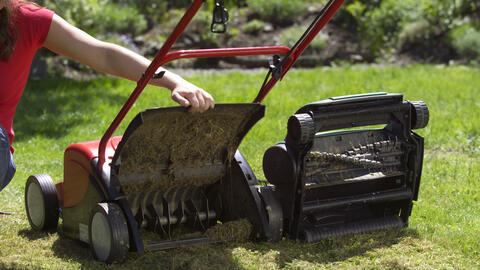
Oxygen deprivation and soil compaction can affect any soil type, but clay soils are particularly susceptible. The reason lies in the fine structure of clay particles, which compact easily under pressure, collapsing larger pores and leaving only small ones. Aerating provides immediate relief by loosening the soil, which improves oxygen supply, water drainage, and breaks up surface compaction—often noticeable in wet areas or areas with standing water. If broadleaf plantain (Plantago major) appears, it’s a sign of compacted soil.
For heavily used lawns or clayey soils, I should aerate regularly, ideally every one to two months. For lawns with light use, once a year is sufficient. I should aerate from late March to early October when the weather permits. The soil should be moist, but not soaking wet or bone-dry.
How I Aerate the Lawn

To address localized soil compaction, I use a garden fork or construction sand: I stick the tines into the affected areas and shake them to widen the holes. This creates channels that allow water to drain deeper into the soil. To maintain these channels, I fill them with fine sand after aerating.
A simpler method involves using an aeration fork, which creates small cylindrical “sausages” of soil. I work backward from the holes to avoid compacting the soil again.
For convenience, I can rent a motorized aerator from a hardware store: It works on the same principle as the aeration fork but uses rotating tines.
Sanding the Lawn: How I Do It
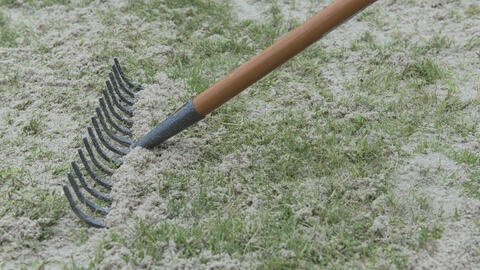
As a supplementary step to aerating, I can sand heavy soils in the spring. I spread around five liters of play sand or construction sand per square meter and level it with a street broom, lawn rake, or the back of a rake. The rain will gradually wash the sand into the aeration holes. Sanding is especially effective after dethatching.





